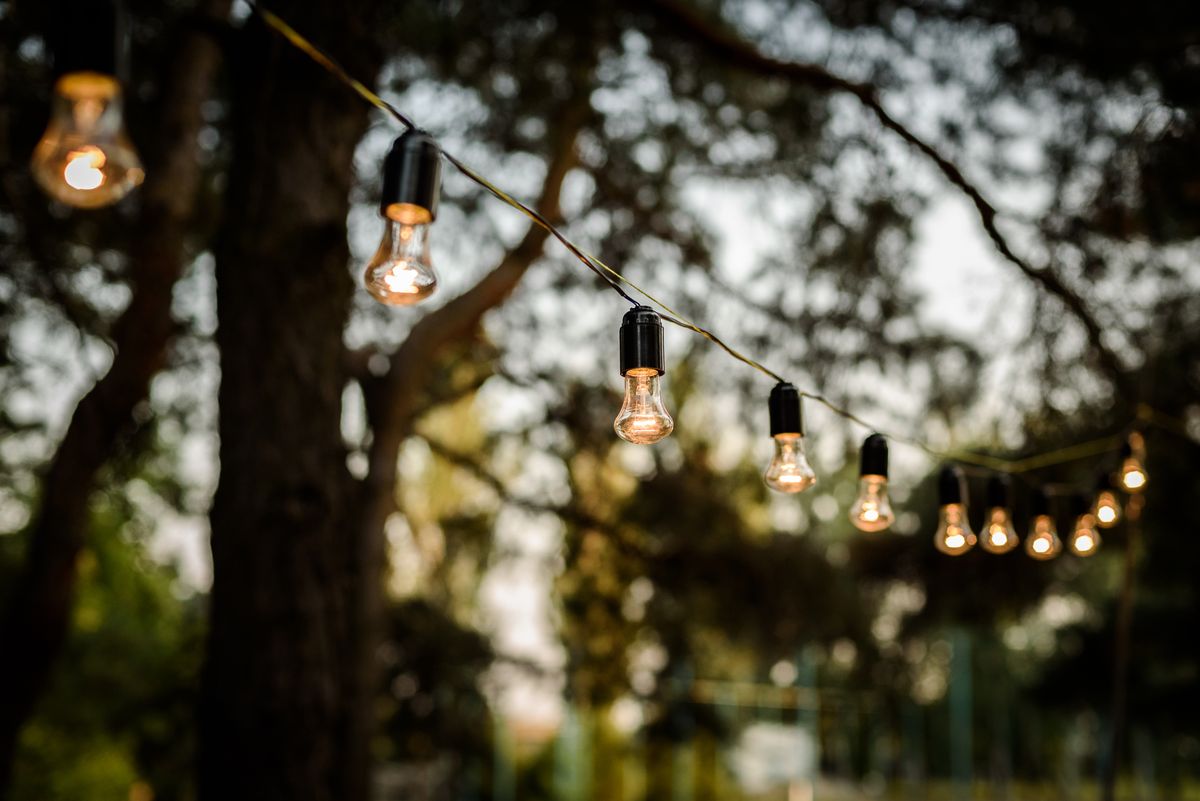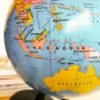Energy Supply of a Private Island

If your private island is already equipped with the necessary communications – you’re lucky! Yes, because it is a troublesome and costly process requiring a lot of the owner’s time. In the previous article, we talked about possible ways to get drinking water on the island. Today is the time to talk about the energy supply of private islands. In this article, we will only explore the most efficient energy sources and share the tips found on this topic.
How Do Private Islands Get Electricity?
Today, there are a large number of not only islands but also mainland hotels and cottages using autonomous renewable energy sources. Among them, the best options for a private island include solar, wind, or generator energy. Often, the best solution is a combination of these options.
Solar energy on a private island
In cities, solar energy is still more expensive than electrical grid maintenance. However, on a private island, this is a justified decision. Of course, such aspects as the weather conditions on the island and the average amount of sunlight the island receives per day are of great importance. According to NASA, the Caribbean, Central America and Australia have some of the highest levels of radiation, so it is in these areas that one should first think about this way of obtaining energy.
In order to create the required conditions for solar energy generation, photovoltaic panels on the building roofs or other surfaces have to be installed. The area and cost of solar panels directly depend on how much electricity is needed for all the necessary appliances and lighting systems.
Photovoltaic panels work by converting sunlight into electricity. This happens due to special structures – photomodules. The photomodule consists of a large number of interconnected photovoltaic cells. Each of them is made of a certain conductor (usually silicon). This conductor absorbs sunlight and heats up, partially absorbing the energy released from the rays. Then photons of light “knock out” electrons from the general atomic structure of the semiconductor, and free electrons form a charge.
When the upper silicon wafer of the transducer unit is heated, electrons are released from the silicon atoms. Further, they are captured by the atoms of the lower wafer. It follows that the electrons tend to return to their original positions. As a result, the electrons move from the lower wafer along the conductors, which give their energy to charge the batteries, and return to the upper wafer.
An important technical parameter of solar panels is their capacity. It is determined by the output current and voltage. These parameters depend on the intensity of sunlight falling on the battery.
To calculate how many square inches of solar panel you need for a house, you must know how much energy your house consumes and how much sun you get on average. The best solution for the correct calculation and planning of energy supply is to cooperate with the relevant specialists.
Wind Energy Supply
Wind turbines are a rather expensive pleasure when you compare their cost with the amount of energy they produce. In addition, special climatic conditions are required to ensure the smooth operation of generators. However, if it is possible to apply this method for obtaining energy, try to consider it. Also, this option can be used as an additional alternative.
Wind energy is produced by wind turbines with large blades. Wind currents rotate the blades of the wind turbine: they pass through the turbine and thus make them rotate. Energy is generated on the turbine shaft. It will be proportional to the wind flow. The stronger the wind, the more energy is generated. Then, the energy is transmitted along the rotor shaft to the multiplier (if any). The multiplier accelerates the rotation of the axis. The devices without it are more productive, because they do not create, and, accordingly, do not consume excess energy. The wind speeds are sufficient for the optimal wind turbine operation.
Wind turbines come in all sizes. Rotor height ranges from a few feet to hundreds of feet. Most small turbines are used to charge batteries to provide a reliable stand-alone power supply where mains power is not available. The energy produced can be combined with other types of energy.
Geothermal pumps on a private island
So-called ground source heat pumps (GSHP) work due to the earth’s ability to produce and absorb heat. They can be used in an environmentally friendly central heating and cooling system. Heat pumps are considered to be one of the most efficient ways to get hot water. They consume little energy and have good capacity, so it is very cost-effective after the initial investment.
Although still a somewhat rare technology, geothermal energy has been used for decades. Iceland is known to use geothermal energy to control most of the country’s electricity grid. Also, this method has been utilized successfully in Hawaii, Japan and the island of Nevis in the West Indies. Although private use is now largely limited to heating and cooling air and water in the houses, geothermal energy may one day become a popular method of generating home electricity.
Diesel generators on a private island
The most common source of energy on this list is diesel generators. They are based on a German technology with quite a long history. Such generators allow converting fuel into power by means of compression and heating. Compared to generators that use other fuel sources (natural gas, gasoline), diesel generators are the most efficient method of obtaining electricity, and, therefore, they are relatively cost-effective. Fuel consumption in this case is the main expense item.
These generators have a capacity of 8 to 30 kW. They are typically utilized as a backup power source when the mains fails, for example during severe storms or technical failures. In the case of private islands or other remote places, they can be used as the main source of electricity and heat. By the way, all electricity for Trinity Island in Greece is provided by diesel generators, as well as for Pakatoa Island in New Zealand.
Energy supply planning
You now have a general understanding of the energy supply options for private islands. Please note that we only provide open-source information, and we do not have sufficient expert knowledge to use professional terms or give recommendations. In addition, some explanations in this article may be vague. If you have any comments or useful information for our blog readers, please share it in the comments.
However, even some perfect general theoretical material is definitely not enough to properly plan uninterrupted energy supply. The best solution would be to enlist the support of highly professional experts for planning, installing and maintaining the power supply systems of a private island.
Also, we would like to remind that you can use our website to place information about a private island for sale. Subscribe to our updates in order not to miss the new functionality information and the upcoming articles.






